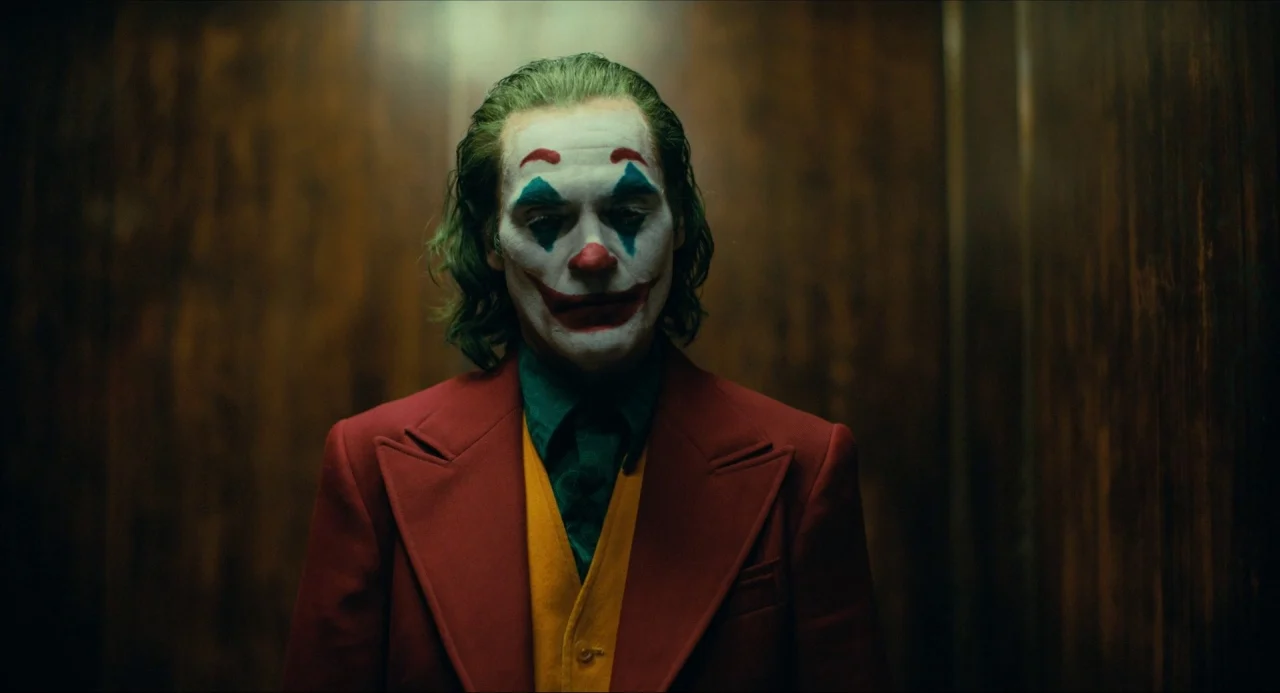
Even well-made movies have small errors, and ‘Joker’ is no different. Despite its strong performances and impressive filmmaking, viewers have noticed a few inconsistencies – things like objects appearing out of place, continuity errors, and timeline issues. These don’t ruin the story, but once you see them, they’re hard to ignore on subsequent viewings. Here are ten of the most commonly pointed-out mistakes and why they don’t quite add up.
Makeup that shifts between cuts

The clown makeup on Arthur’s face isn’t always perfectly consistent throughout a scene. Details like the size and angle of his blue eye triangles, the shape of his red nose, and the length of his painted smile can subtly change between different camera angles. This often happens when filming conversations, as the shots are sometimes filmed at different times. It’s a common problem in filmmaking – once the makeup is touched up or reapplied, it’s difficult to make it look exactly the same in every shot, leading to minor design differences from scene to scene.
Cigarettes that magically change length
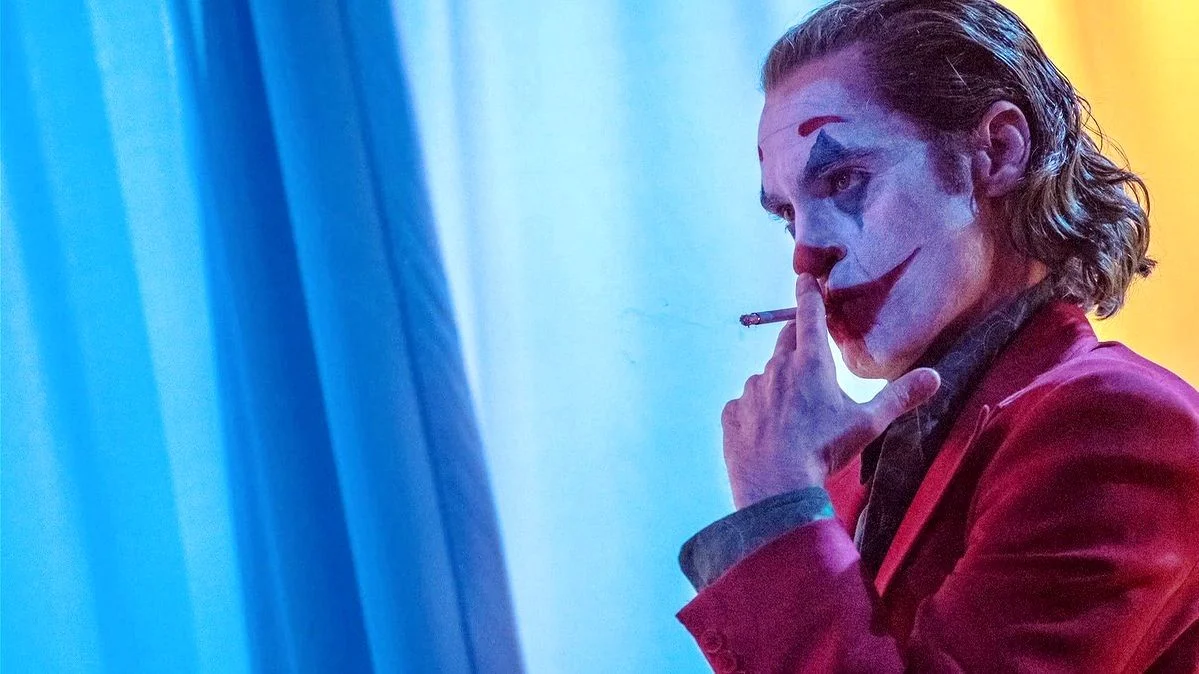
Throughout the film, Arthur is constantly smoking, so keeping track of how long his cigarettes were was very important for consistency. However, there are moments where it looks like the cigarette suddenly gets shorter or longer, or even changes hands. These inconsistencies suggest the film was edited together from different shots, and the props weren’t always reset correctly. This is a common problem when filmmakers need to match the details of something like a lit cigarette across multiple camera angles.
The notebook that won’t keep the same page

The joke journal Arthur carries seems to change between shots. Details like handwriting, doodles, and even the layout of pages aren’t always consistent. This suggests the filmmakers likely used several identical journals or swapped out pages during filming. The close-up shots of the journal pages don’t quite match the wider shots, indicating these were likely filmed at different times.
Repeating clock times in background shots

Throughout the film, you’ll notice wall clocks showing the same time in different scenes, even when the locations or time periods change. This often happens because the same clocks were used repeatedly, or because prop clocks were set to a specific time and left that way. Since filming wasn’t done in order, setting clocks to a fixed time saved time and effort in post-production by avoiding the need to edit out ticking sounds. However, it’s noticeable when clocks aren’t moving in places where they should be, breaking the sense of realism.
Wardrobe resets mid-scene
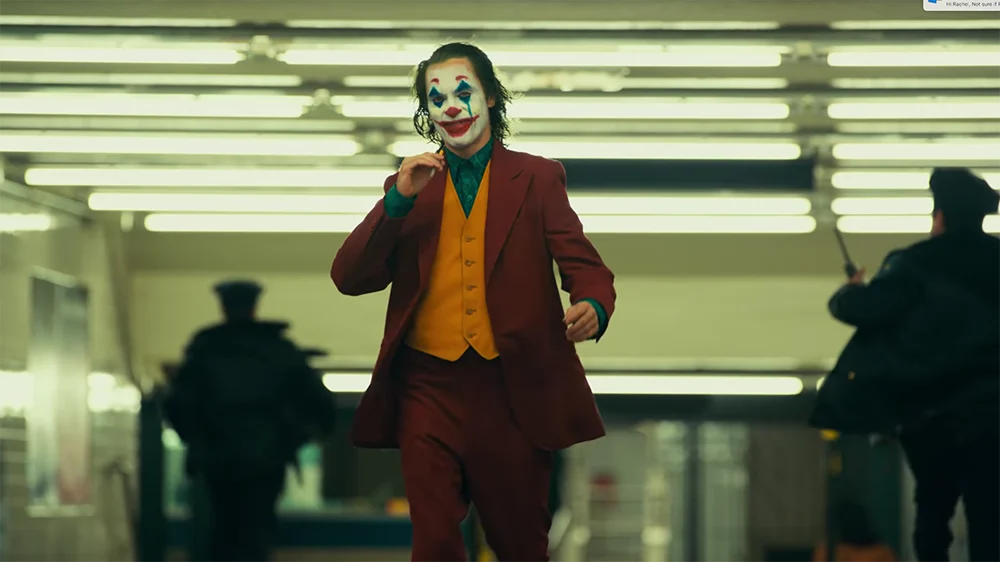
There are slight inconsistencies in Arthur’s clothing from shot to shot – things like where his collar or tie sit, or how his vest is positioned. You might see a collar tucked under his lapel in one moment, then sticking out the next, before going back to its original position. These changes usually happen because of small adjustments made when filming is paused or after a physically demanding scene. It’s surprisingly difficult to keep these tiny details consistent when a scene needs to be filmed multiple times.
Eyeglasses and prop placements that drift
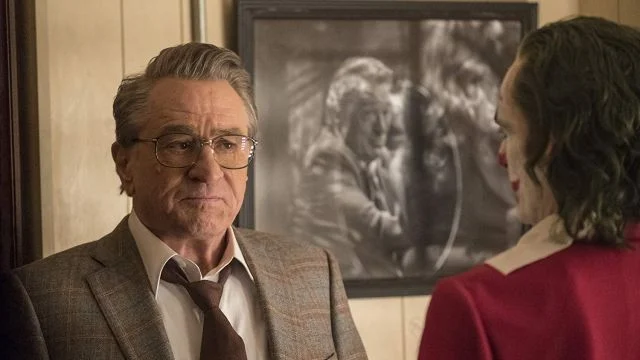
Small props like files, pens, or glasses often shift slightly between camera shots, especially in scenes with lots of activity like those in hospitals or involving social workers. An object might move a few inches or turn around after a cut. This happens because many people are handling paperwork and actors are moving, and when the shots are combined in editing, everything doesn’t always line up perfectly. It’s a common issue, and not a major mistake.
Mismatched television playback
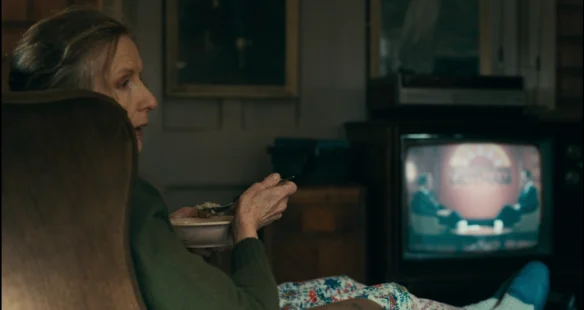
Sometimes, the way footage looks on televisions within the show changes slightly between shots – the shape of the image or the texture can be different. This happens because the TV screens are often created separately and added to the scene later, or played on a screen during filming. As a result, the picture quality – things like how it’s cropped, its brightness, and its overall style – can vary. These differences become noticeable when the camera quickly switches between the TV and the characters reacting to it.
Subway hardware that doesn’t line up with the era
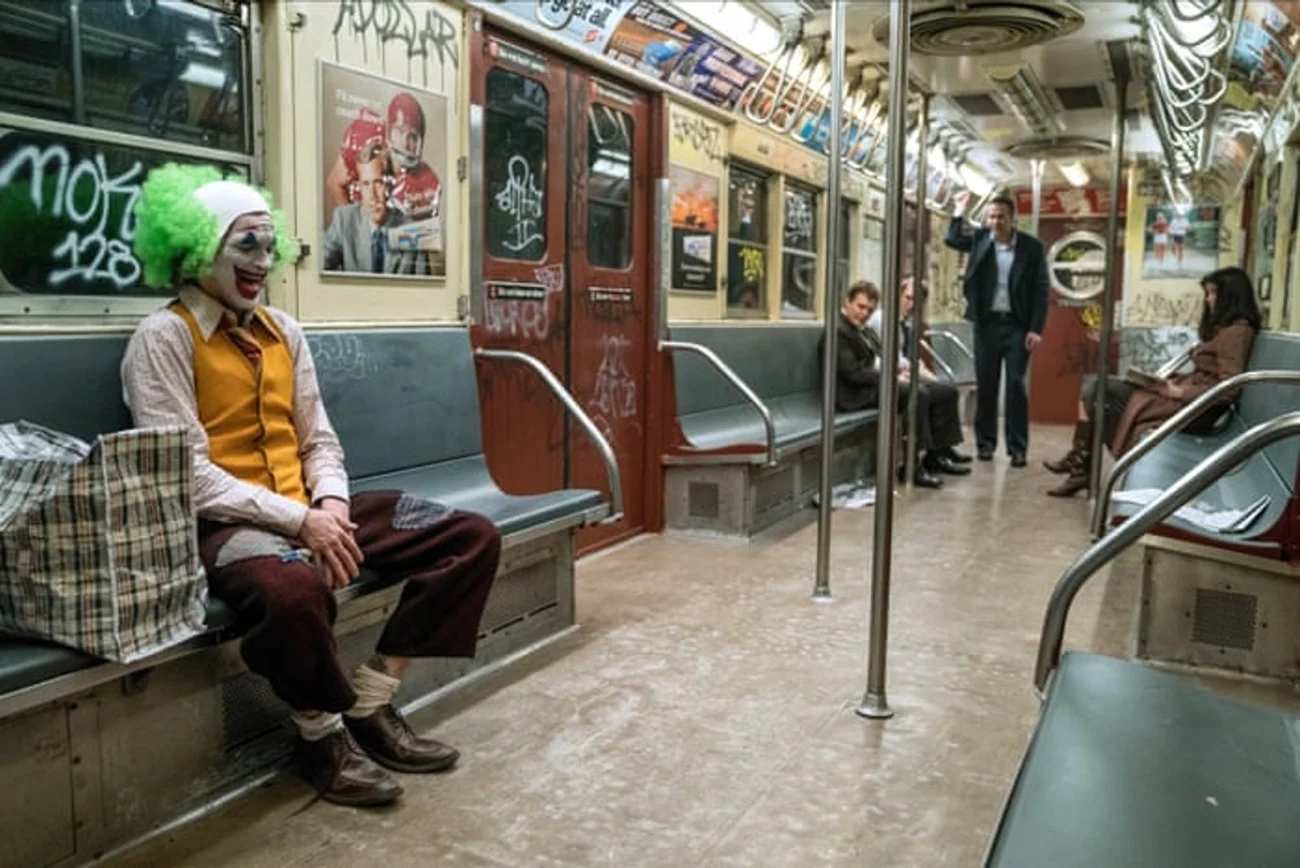
Often in movies and TV shows, subway cars and station details appear to be a mix of styles from different eras. This happens because productions often use whatever trains and interiors they can find and then modify them. As a result, you might spot things that don’t quite fit the time period, like modern signs, grab bars, or route maps. It’s hard to get everything perfect when using real transit equipment, so these small mistakes sometimes make it into the final product.
Emergency vehicle details out of time
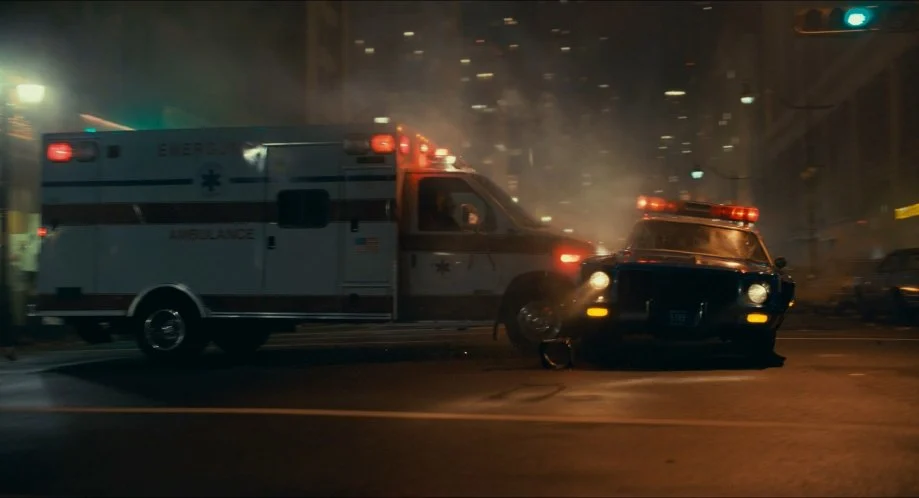
Movie and TV productions often use current ambulance and police car models, even when the story is set in the past. While they try to make these vehicles look like they’re from the correct era, it’s hard to completely disguise modern features like roof lights or interior consoles. These choices are usually made because it’s easier and more legal to rent and use vehicles currently available, rather than finding truly period-accurate ones. It’s a practical trade-off for filmmakers.
Blood and grime continuity
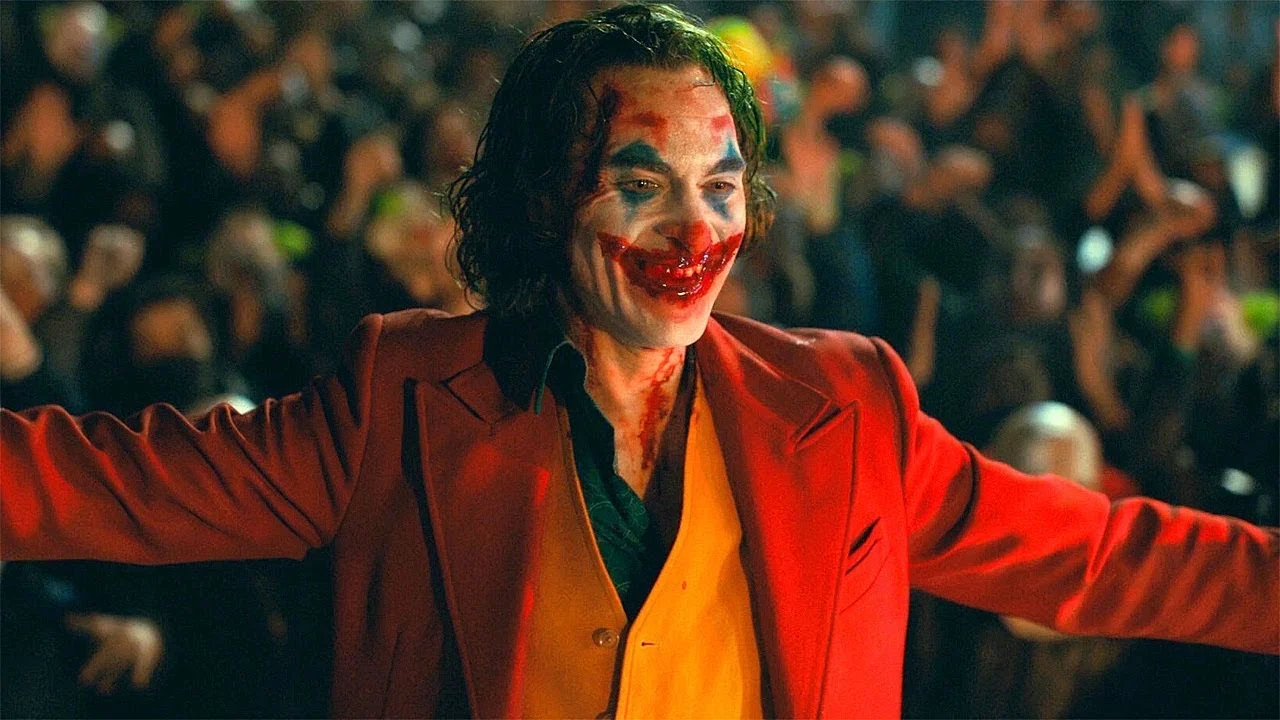
During fast-paced scenes, the amount and location of things like blood, sweat, or dirt on Arthur’s face and clothes can sometimes look different from one shot to the next. Makeup artists take photos to keep track of these details, but quick changes and tight deadlines make it hard to get everything perfect. A mark might move, fade, or seem to reappear depending on the camera angle. These changes are usually small, but once you see them, they can make the action feel a little disjointed.
Seen any hidden details or references in ‘Joker’? Share what you’ve noticed in the comments so we can all discuss them!
Read More
- DOGE PREDICTION. DOGE cryptocurrency
- TON PREDICTION. TON cryptocurrency
- Calvin Harris Announces India Debut With 2 Shows Across Mumbai and Bangalore in November: How to Attend
- Leveraged ETFs: A Dance of Risk and Reward Between TQQQ and SSO
- EQT Earnings: Strong Production
- GLD vs. SLV: Which ETF Wins for Retail Investors?
- The Dividend Maze: VYM and HDV in a Labyrinth of Yield and Diversification
- The Relentless Ascent of Broadcom Stock: Why It’s Not Too Late to Jump In
- Gold Rate Forecast
- Dogecoin’s Wild Ride: 165K% Liquidation Chaos!
2025-11-07 06:19